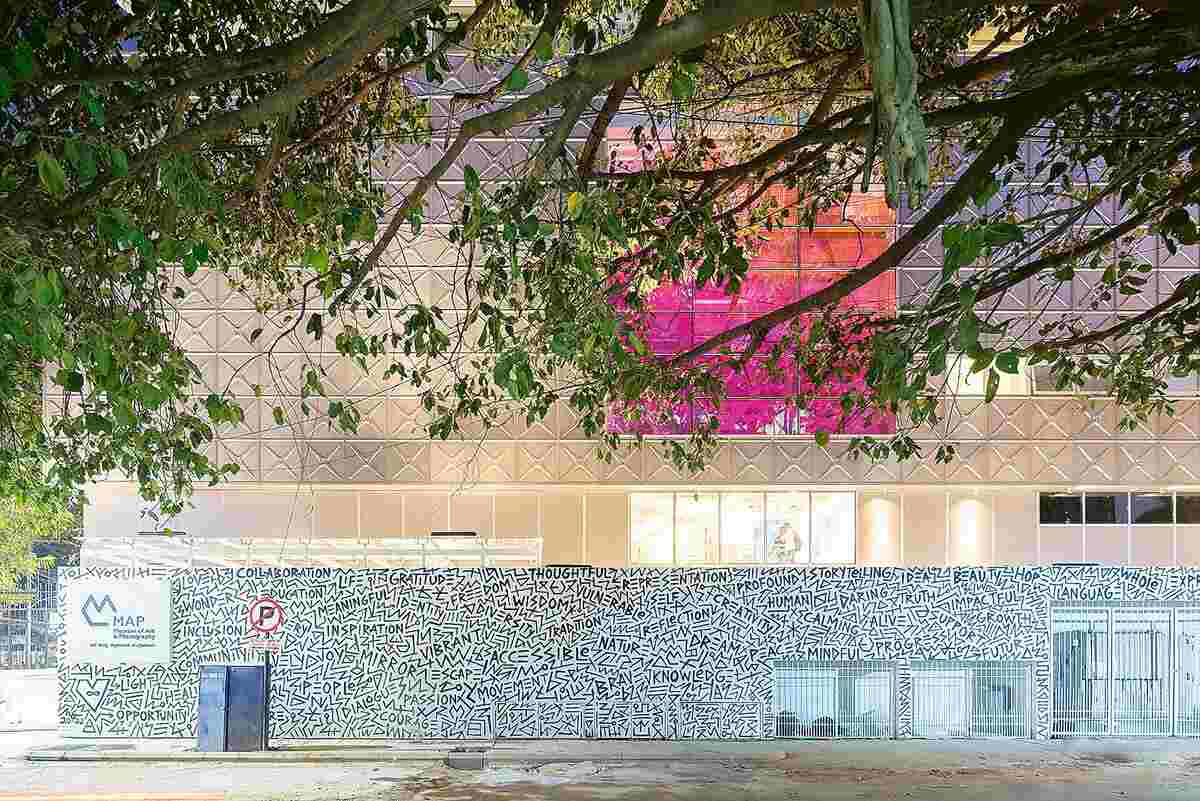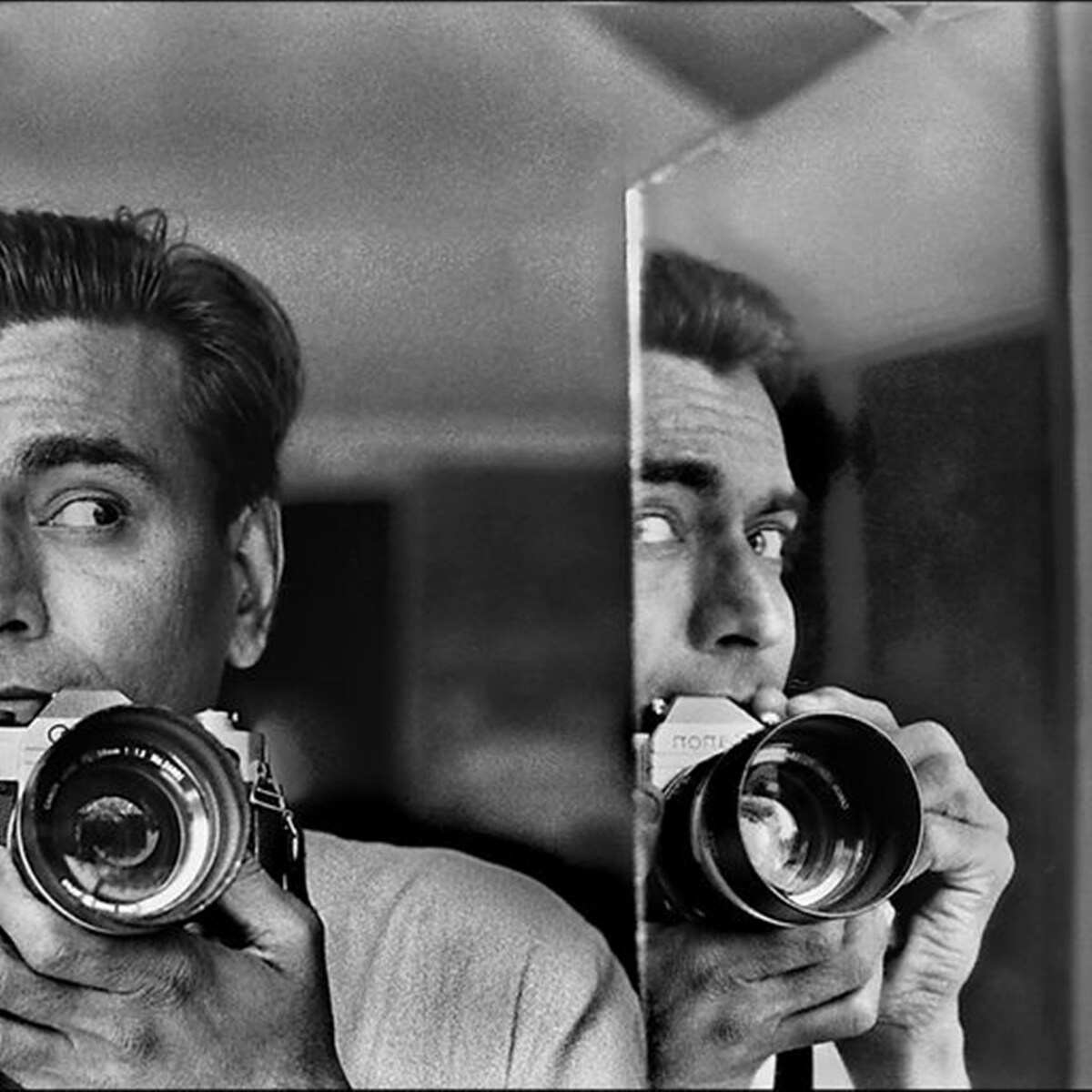
 The building on Kasturba Road hosts Abhishek Poddar’s extensive collection of art, photography and textiles, which have become the nucleus of MAP’s collection (credit: map-india.org)
The building on Kasturba Road hosts Abhishek Poddar’s extensive collection of art, photography and textiles, which have become the nucleus of MAP’s collection (credit: map-india.org)
It is a way to honour the relationships, says Bengaluru-based Poddar, of which the most significant is with Manjit Bawa. Bawa mentored the young collector and introduced him to the works of many other leading modern artists at the time, such as Tyeb Mehta, Ram Kumar, Arpita Singh and J Swaminathan, all of who feature in MAP’s current collection.
Story continues below this ad
“I had this special relationship with Manjit Bawa. He would carefully explain what to look at in a particular work of art, teaching me and training my eye. I am deeply indebted to him, for patiently cultivating my interest in art and exposing me to new artists and styles. He has been a huge influence in the early years of my collecting journey,” he says. Inspired by his travels and visits to museums around the world, Poddar was eager to revive the cultural landscape of Bengaluru, and to pioneer a museum-going culture for children and adults. This is how the ambitious project of MAP was born.
In December 2016, Christie’s held an auction of a major chunk of the Poddar family’s personal collection and the funds were used to drive his vision. Currently, MAP is custodian to a growing collection of over 18,000 artworks. “Beyond the painting and photography collection, we want MAP to be a cultural hub. It should be a place for exchanging ideas and conversations that we can initiate through art. Our works and collection aim to ask you questions and not lecture you,” says Kamini Sawhney, director, MAP.
The first artwork one sees at MAP is British sculptor Stephen Cox’s Dialogues in Stone. A set of five works set in a serpentine formation in the courtyard, it blends into the figure of a yogini’s body. The sculptures build connections between mythical beings, ancient material and contemporary form.
At the ground floor is LN Tallur’s Chirag-e-AI. These set of sculptures, made in marble, wood, bronze and aluminum, explore the intersections between artificial intelligence and ritualistic beliefs. Tallur, 52, who a native of Udupi, Karnataka, says, “MAP bridges the gap between the art and the corporate world. It is a platform that evokes discussions, analysis, interpretation of art works under one roof.”
Story continues below this ad
On display is also modernist artist Jyoti Bhatt’s work, Time & Time Again. A photographic archive, it shows Bhatt’s photographs, sometimes in formal or familiar settings, at other times in intimate groups. For instance, Bhatt’s self-portrait in Baroda, Gujarat, shows mirrors, lenses and repeating forms, to show himself and his camera as divided and duplicated. In this, Bhatt’s knowing expression and glance is directed both at himself as well as at the viewer.
 Jyoti Bhatt’s portrait shot that is part of an exhibition at MAP (credit: map-india.org)
Jyoti Bhatt’s portrait shot that is part of an exhibition at MAP (credit: map-india.org)
Then there’s Visible Invisible, an exhibition that represents women in art through MAP’s collection of paintings, sculptures and photographs that examines the portrayal of women’s lives in the Indian subcontinent. Conceptual artist N Pushpamala, 67, whose artworks are a part of this show, says, “Institutions like MAP add to the liveliness of the place. Although we have Venkatappa Art Gallery and National Gallery of Modern Art in Bengaluru, places like MAP offer its own collections and engage art lovers with its own set of activities and interactive sessions.”
While MAP is equipped with spaces for artists and conservationists through its research and conservation centre, it is also home to over 5,000 books. The library has rare books, journals, magazines, exhibition catalogues and auction catalogues in multiple languages. Besides an auditorium, there are also immersive and interactive digital experience centres that allow visitors to experience 3D holograms of different sculptures and architectural marvels.
Although India is home to private art galleries such as Sree Chitra Art Gallery (Thiruvananthapuram) and Kiran Nadar Museum of Art (New Delhi), and many more private museums are in the works, Poddar believes that museums and art institutions do not exist to compete with each other but rather to engage with art.
Story continues below this ad
“We wish to make our exhibits and content more accessible, so people don’t feel intimidated to enter the space. We hope to give our audiences new ways to interact and engage with art, by making it fun and engaging and, at the same time, making it educational and relevant. We hope to make the younger generation believe in the importance of art and culture and, in doing that, speak the language of the current generation,” says Poddar, “We are looking at how technology can enhance the museum experience. Being in the IT capital of the country gives us the opportunity to engage with the industry closer and find solutions where technology and art can overlap.”
Finally, MAP presents a new way that art can be democratised and preserved.



 The building on Kasturba Road hosts Abhishek Poddar’s extensive collection of art, photography and textiles, which have become the nucleus of MAP’s collection (credit: map-india.org)
The building on Kasturba Road hosts Abhishek Poddar’s extensive collection of art, photography and textiles, which have become the nucleus of MAP’s collection (credit: map-india.org) Jyoti Bhatt’s portrait shot that is part of an exhibition at MAP (credit: map-india.org)
Jyoti Bhatt’s portrait shot that is part of an exhibition at MAP (credit: map-india.org)

























